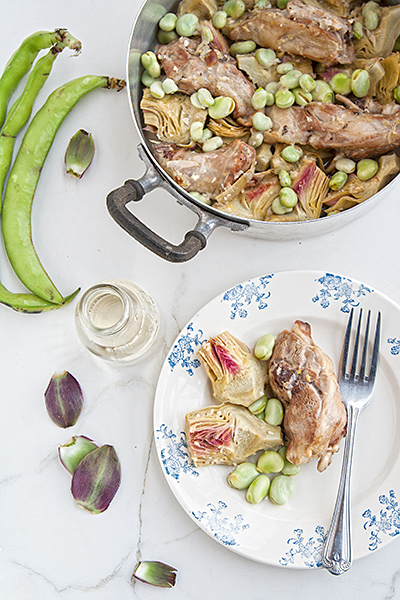How to Make Homemade Ricotta Cheese
One of the most exciting times of my Sicilian holiday at the Anna Tasca Lanza Cooking School was the visit to the local cheese store, where I had the chance to watch the local artisans prepare cheese curd, primo sale, and ricotta cheese from scratch.
Of course, some may find this a trivial experience, but as a big-city child, I am always filled with wonder when I am faced with things so genuinely old-world and authentic. In my buzzing hometown of Milan, cheese comes from the supermarket, and nobody ever questions where they got it from. For those who grew up getting their ricotta at the store, witnessing cheese magically manifesting itself coming out of fresh milk seems nothing short of miraculous.
At the dairy store owned by Enzo Privitera, in Castellana Sicula, where my friend Linda led our small party of foodies, the cheese is made just as it once was, and the trade has been handed down from generation to generation.
Filippo, the master cheese maker, prepares different cheeses every day (without ever resting, not even on Sundays!) such as primo sale, ricotta, and pecorino, from the milk of the sheep raised on site.
The process is much more complex than I could have ever imagined.
As a first step, Filippo warms the milk at 36°C, then he adds rennet, and leaves the mixture to rest and slowly solidify (becoming curd), for about half an hour. At this point, Filippo separates the solid part, which is compressed into large plastic molds to become primo sale or pecorino, from the liquid, which is then returned to the pot with the addition of milk and heated to 78°C.
At that temperature, the ricotta begins to surface. Filippo collects it in small plastic baskets and lets it drain; a few hours later, the ricotta will be compact enough to be transported to nearby villages and sold the very same day.
The cheese destined to become pecorino or primo sale is seasoned and left to soak for a few hours in the last remaining liquid in the pot, then transferred to special straw baskets, where it ages. One day of aging is sufficient to make primo sale cheese, while for pecorino cheese it can take weeks or even months.
In the first photo at the top of the post you can see the ricotta just made by Filippo; below you can see the primo sale. They were both incredibly good!
How can something so extraordinarily good be duplicated in our kitchen? I’ll tell you straight out, it’s impossible, unless we start raising sheep and lambs in the condominium courtyard.
We can, however, try to make ricotta at home (or let’s say, something similar to ricotta!) with regular store-bought cow’s milk. It’s not difficult.
First of all, we need to make the curd.

Cheese curd or cream cheese
Ingredients
- 1 quart fresh whole milk
- 2 tablespoons of apple cider vinegar
Instructions
- Look for milk that is heavy in cream/fat content. Back home in Europe I buy a German milk called berchtesgadener milch, which works very well. In California, I buy Rosa Brothers, Straus, or Broguiere - anything that comes in a fancy glass bottle works better than a carton, in my experience, for this recipe.
- Take a heavy-bottomed saucepan, pour in the milk, and heat it on a medium flame to around 175°F on a kitchen thermometer.1 quart fresh whole milk
- Without turning off the heat, add the vinegar and continue stirring for a minute, but do not bring the milk to a boil. A gentle simmer is enough.2 tablespoons of apple cider vinegar
- When some small lumps begin to form, cover the pot with a clean dry cloth and let it cool down.
- When the contents of the saucepan will return to room temperature, collect the cheese curds with a skimmer and put them to drain in a colander covered with sterile gauze, like you would when making labna cheese. Collect the remaining liquid in the saucepan, as well as all the liquid that drains from the cheese curds, and set it aside to make ricotta.
- Transfer the colander to the fridge and drain the cheese overnight.
Having done that, we can proceed to make ricotta – yes, for real!

Homemade ricotta cheese
Ingredients
- curd whey leftover from the recipe above
- 150 g milk
Instructions
- Add 150 g of milk to the whey you have collected after gathering the cheese curds, and heat the liquid over a very low heat. Slowly, new clots will begin to surface.curd whey leftover from the recipe above, 150 g milk
- Collect these new curds and drain them out in a colander lined with gauze as you did in the previous recipe. Transfer the colander to the fridge and drain the cheese overnight.
Have you ever made any kind of cheese at home? Excluding labna (a great classic!) and butter, we had never tried anything like this before. If you have some recipes to suggest, or some story to tell us on this topic, we look forward to reading it in the comments!









